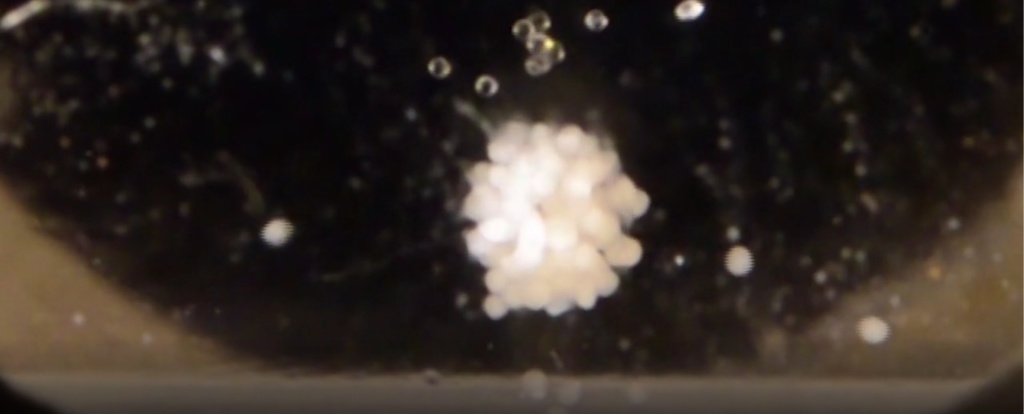One small step with a big achievement. A regeneration of small human cartilage in space, in microgravity.

Vladislav Parfenov/3D Bioprinting Solutions)
The cosmonaut Oleg Kononenko performed the experiment onboard the International space station. He is a Russian Cosmonaut, and succeed to engineered the Human cartilage in Zero gravity, and opens gates for human body part printing in space missions.
First trialled on earth, Commercial space company Techshot Inc. used its space-based 3D bioprinter, called the BioFabrication Facility, or BFF. Bioprinters on earth, are fully functional under the earth gravity. Magnetism has been used in place of gravity and this magnetic effect can contract microgravity and acceleration force. Whereas cells are not magnetic, the process of tissue manipulation can be done uninterruptibly.
NASA Astronaut and Uniformed Services University of the Health Sciences graduate Dr Andrew Morgan prepares the 3D BioFabrication Facility for meniscus test prints aboard the International Space Station. (Credit: NASA)
A computer simulation model of bioprinters has tested the viability of the process.
The spheroid of cartilage was made on earth and sent to ISS along with custom made magnetic bio-assembler.
“People have been doing biological experiments and culturing cells in space, but being able to actually assemble these building blocks into more complex structures using a biomanufacturing tool – that’s a first,” radiologist Utkan Demirci, from Stanford University, told IEEE Spectrum.
On the other hand, this technology has the future potential of replacing bone in deep space. This progress will meet the production of Fruits and Meat food products in space.
Research published in Science Advances
feel free to ask any questions and comment down below or contact me on my social media.
